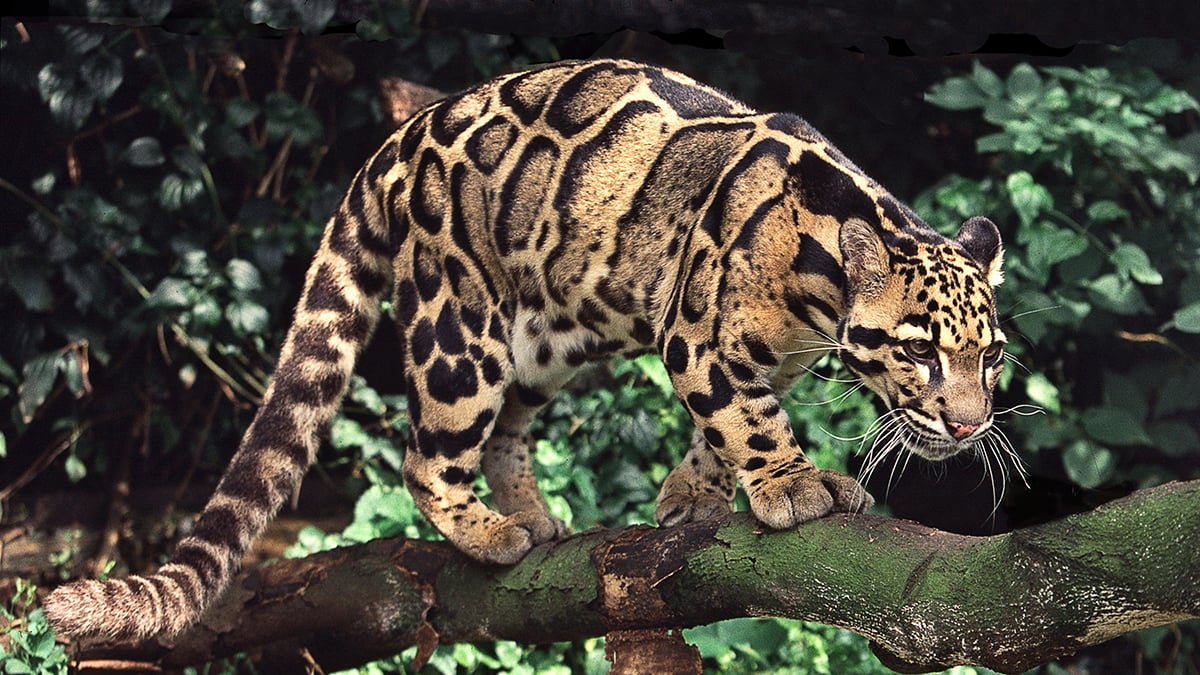In the lush rainforests of India’s Arunachal Pradesh, the Nyishi community practices a tradition of adorning themselves with animal parts (including tiger teeth) signifying strength and protection. However, as wildlife numbers decline, this practice has raised ethical concerns – and the tigers are probably not too pleased either.
In response, a startup named Arunachal Ivory and Ornaments has emerged with a unique solution to preserve tradition while safeguarding endangered animals.
Entrepreneurs Nabam Bapu and Anang Tadar teamed up to create 3D printed replicas of animal parts, including tiger and clouded leopard teeth and eagle talons. The replicas serve as alternatives to the real animal parts used in traditional headgear, which were obtained through hunting. Over the course of two years, they developed a variety of materials, from synthetic resin to eco-friendly alternatives, to ensure the authenticity and quality of the replicas.

To maintain cultural authenticity and garner community support, Bapu and Tadar consult village elders who have vast experience in hunting and wildlife identification. So far, the startup has produced over 100 replicas of various animal parts and plans to create 3D printouts of a great Indian hornbill’s beak.
In Arunachal Pradesh, where traditional dress is highly valued and animal parts remain in high demand, this initiative presents a more affordable and ethical option. Genuine animal parts can cost a fortune on the black market, perpetuating illegal wildlife trade. By providing accessible alternatives, Arunachal Ivory and Ornaments hopes to deter poaching and protect local wildlife.

While combating poaching remains challenging, the startup is determined to make a difference. The success of their endeavor relies on convincing influential local institutions to adopt their products and discourage hunting. By leveraging technology to promote cultural practices and conserve wildlife, Bapu and Tadar believe they can contribute significantly to the fight against illegal wildlife trade and the preservation of endangered species.
Come and let us know your thoughts on our Facebook, Twitter, and LinkedIn pages, and don’t forget to sign up for our weekly additive manufacturing newsletter to get all the latest stories delivered right to your inbox.
منبع: https://3dprinting.com/news/3d-printed-animal-parts-can-help-reduce-black-market-trade/